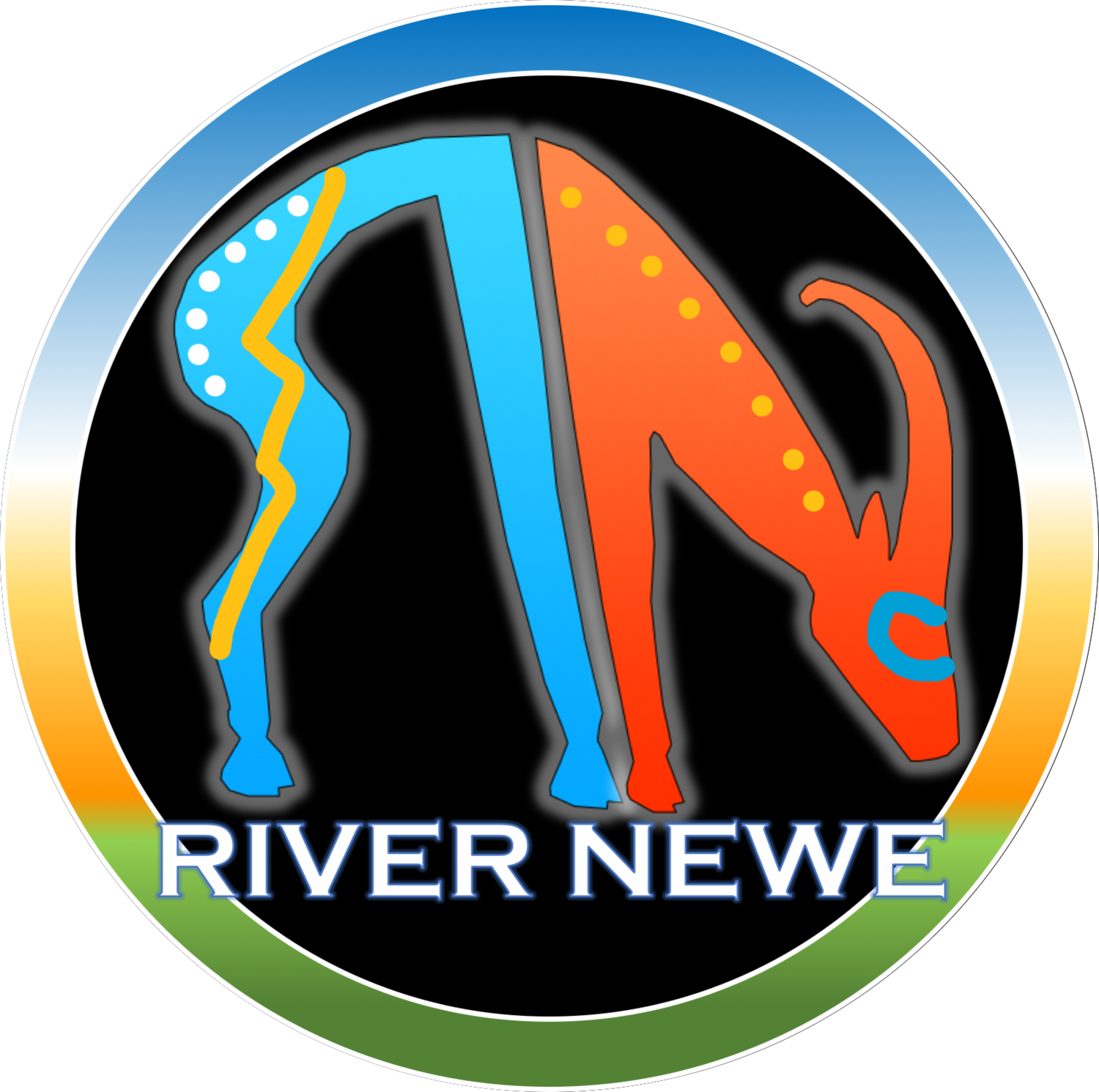Photograph above by He-myong Woo
Our Goal
Through a Newe-centered approach our goal is to increase representation and create spaces of equity through learning experiences on homelands with Shoshone-Bannocks, Indigenous, and minoritized communities on and off river.
Why now?
There is another story filled with #-tags (#MMIW, #MMIWG, #BLM #NotYourMascot, and more!) and deficit statistics, where percapita we suffer from:
highest substance abuse
highest diabetes and health related issues
highest suicide rates
lowest rates of graduation from high school, and college
However, did you know our tribal youth are beautiful, smart and deserve access to their homelands, waterways, and equitable learning experiences. What we are offering is a push back to deficit statistics and hashtag campaigns. The very essence of what we are doing is telling youth we see you, we hear you, and we need you.
Our Story
Our story begins with a vibrant and strong community of Tukadeka (Sheepeater Shoshones) who once roamed throughout and among the Middle Fork Salmon River drainage since time immemorial. They were forcibly removed in the Sheepeater war of 1879 for gold under a false premise of murdering Chinese miners and stealing horses (see https://en.wikipedia.org/wiki/Sheepeater_Indian_War). Thereafter settlers and gold miners moved in to find gold was not in any great source. The river remained mostly unoccupied and undisturbed for decades. One of the original eight rivers designated when the Wild and Scenic Rivers Act was signed into law in 1968, the Middle Fork runs through the heart of the ancestral homelands of the Shoshone-Bannock Tribes (Tukadeka aka Shoshone Sheepeaters) and the Nimiipuu (Nez Perce) and the 2.5 million-acre Frank Church Wilderness, the largest roadless area and contiguous wilderness in the lower 48. The Middle Fork welcomes home Idaho’s endangered wild Snake River salmon that travel more than 1,000 miles inland and nearly 7,000 feet in elevation to the high-elevation waters and tributaries that feed this iconic river system.
Once the Middle Fork Salmon was designated wilderness there was an inherit limitation imposed upon Shoshone-Bannock peoples from returning to their homelands. Rafting the river for travel makes the most sense, but limits access from an economic stance. Outdoor equipment is expensive and beyond the grasp of our tribal members who are trying to remain Shoshone-Bannocks inundated by a white dominant society at our borders trying to extract and take more of our homelands. However, in 1997 our Fish & Wildlife department purchased two NRS rafts in hopes of gaining access for our tribal members. Many stories later and how Jessica and Sammy have been able to initiate a vision forward has been critical. Born from our community, those two rafts, hopes, and ideas sprung forth River Newe.
This place, this river, embodies wildness and perseverance and connects a web of life that has existed since time immemorial. Legendary, iconic, one-of-a-kind all fall short. The Middle Fork is a river beyond words because it breathes life back into being human again, one life to another. As Jessica Matsaw of the Shoshone-Bannock Tribes says, “This place is medicine. This place is my home. It’s my mama. It’s my heart.”
““I picked a profession historically known for violence towards Indigenous peoples. My grandfather was a survivor of boarding school. I’m reclaiming spaces of learning and making room for our young people to flourish and grow. To learn without having to compromise who they are and where they come from. I want students to see themselves in me. We can’t address systems of violence unless we are active agents of change.””
What We've Achieved
Built effective means of Curriculum and Instruction within American Indian education. Lessons are culturally centered, focusing on the needs of Indigenous students while meeting BIE & State standards
Through mentorship and culturally relevant education, River New has guided Native American scholars (K-12) to be successful within STEAM, learning on ancestral land and waterways
Each trip includes exceptional community centered learning experiences, advocating Indigenous youth to be land/water protectors, peaceful defenders and active agents of change
Our travels through the Middle Fork Salmon River have included 115 tribal member seats from 2017-2021 over eight trips
115 tribal members accessing the Middle Fork via our rafting services free of charge is valued at approximately $345,000 (~$3000/person, 7 days)
We’re continually identifying freshwater mussel beds through observation, harvesting, and eating our traditional foods
We have traveled over 784 river miles over the course of our trips
Professors, tribal attorneys, tribal biologists, graduate, and undergraduate student, and professional guides who all mentor on each trip facilitating course materials and expertise
There are tribal members, elders, artists, storytellers, musicians, fishermen, hunters, gatherers, sharing knowledge and facilitating course materials and expertise
Off river we’ve consulted with private rafting companies on culturally appropriate and informational topics for guides, staff and clientele
Off season we’ve share the importance of Indigenous advocacy and representation to larger rafting community at meetings and workshops
These trips provide representation of Shoshone-Bannock peoples in action, living and thriving to disrupt stereotypes, stigmas, and racism
We’ve conducted gatherings with rafting communities at Indian Guard station to share in cultural awareness, and appropriate collaboration
Our trips gather data contributing to the science community and building long term datasets

